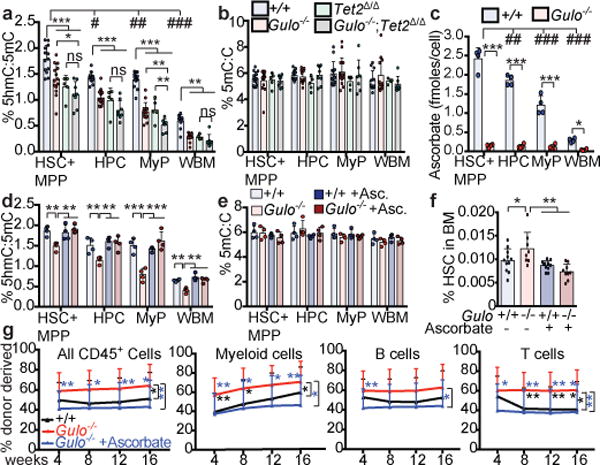Figure 2. Ascorbate depletion reduces Tet2 activity in HSCs and progenitors in vivo.

a-b, 5hmC:5mC and 5mC:C in sorted cell populations from 4–6 month old wild type (n=13 mice), Gulo−/− (n=14 mice), Tet2Δ/Δ (n=5 mice), and Tet2Δ/Δ;Gulo−/− mice (n=8 mice) from 10 independent experiments. c, Ascorbate levels in cells from 4 month old mice (a total of n=4 mice per condition from 2 independent experiments; * refers to comparisons between genotypes and # between cell types). d-e, 5hmC:5mC and 5mC:C in sorted cell populations from 4 month old mice with or without ascorbate feeding (a total of n=4 mice per condition from 3 independent experiments). f, HSC frequency in 8 week old mice (a total of n=8-11 mice per genotype in 6 independent experiments). g, Percentage of donor-derived haematopoietic cells after competitive transplantation of 500,000 donor bone marrow cells from Gulo+/+ or Gulo−/− mice, or Gulo−/− mice supplemented with ascorbate along with 500,000 competitor wild-type cells into irradiated recipient mice (a total of 4 donors and 19-20 recipients per genotype in 4 independent experiments). Statistical significance was assessed with one-way (a-b, d-f) or two-way (c) ANOVAs, Kruskal-Wallis tests (for abnormally distributed data in a-b), or with a non-parametric mixed model followed by Kruskal-Wallis tests for individual time-points (g). All data represent mean±SD. We corrected for multiple comparisons by controlling the false discovery rate (*p<0.05, **p<0.01, ***p<0.001).
